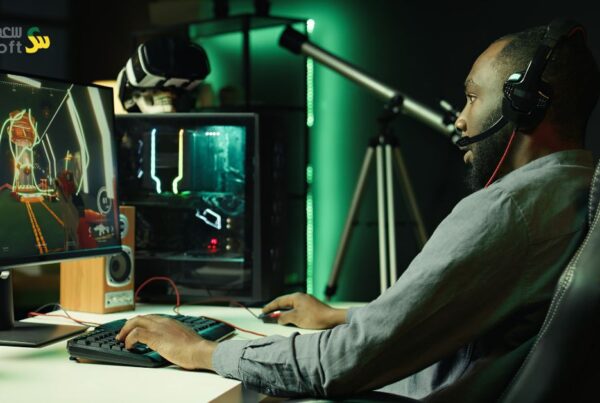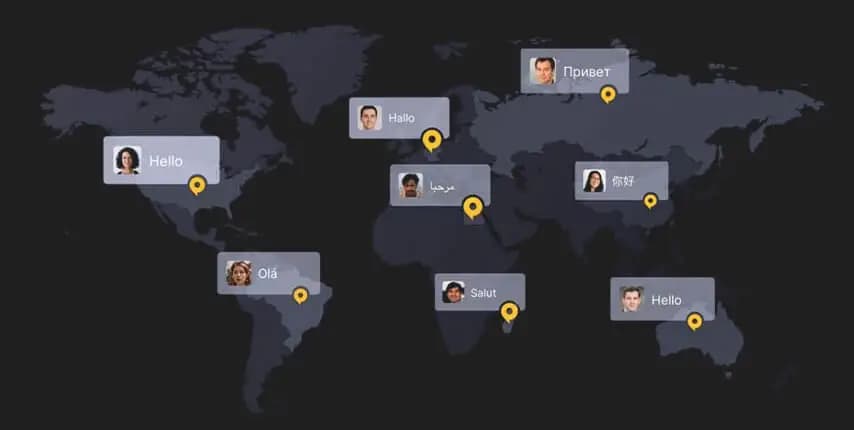Game Localization
Game localization became essential for any game producers that aim for global success to their newest game. In 2024 it’s not easy to achieve this global success without gaming localization as the audience of your game doesn’t speak one language and doesn’t come from the same cultural background. To talk to them all and build a connection localization of games into their native language and consider their cultural nuances.
In this article, In this article, we will explore the localization of video games, its 2024 trends, the most successful strategies and practices that our 40 years of experience in localization have taught us, and what makes a game go viral.
The Most Effective Strategy for Game Localization in 2024
Defining your goals is the first step of any localization process. Without it, lots of effort will be made and the result will not reach the minimum. In this stage the target audience, target language, the used tools, and the budget for this project are defined. The localization strategy for a software program is different from the game localization process. For a game localization project, it’s important to set clear objectives from the beginning. It will ensure that your game localization will get the needed support from the localization team ultimately leading to a greater return on investment (ROI), achieving your desired results, and setting a long-term community strategy.
Defining the game localization goals will help your game flourish as:
🔰 You can accelerate your project to achieve the targeted ROI when defining the vision and goals of the game localization process. In another way, allocating your resources more efficiently will ensure that your investments deliver the returns you desire.
🔰 Clear objectives simplify project planning and reduce the chances of misunderstanding and miscommunication, which leads to increasing team productivity, as each team member involved in the project works towards the same goal.
🔰 Establish a long-term game localization strategy allows you to continuously refine and improve your local system, ensuring that your operation remains effective and efficient over time.
In this phase, three decisions are important to take, the chosen approach and scope for the content localization, determine the content that requires translation, and the number count and costs of the translation.
After determining these three, it’s time for sitting the budget for the video game localization process. By considering things like translation costs, software licensing, and project management costs.
The Best Practices to Use in 2024 for Video Game Localization
Successful game localization goes beyond just translating text. Game localization includes adapting the content of the video game to the cultural values, emotions, and preferences of your target audience through changing images, symbols and context in the game ensuring that conversations and people names are appropriate. Also, make sure that your game complies with local laws and regulations regarding video game content.
🔰 Here is an example of localization of video games to local culture:
S.O.S The Final Escape: In the localized US model, huge number of the characters had blonde hair, whereas that they had dark hair within the Japanese model, to better fit the local tastes and expectations.
Video Game Localization Growth Opportunities in 2024
North America continues to play an important role in the games market due to high adoption of the newest technologies. It’s now leading companies in the region. Game sector investors are optimistic about the market and expect new investments due to the global gaming trend, despite the tough competition.
The global video game localization market is focused on major regions such as North America, Europe, Asia-Pacific, South America, Middle East, and Africa, and provides comprehensive insights into market size, segment size, competitive landscape, and recent status and ongoing growth.






